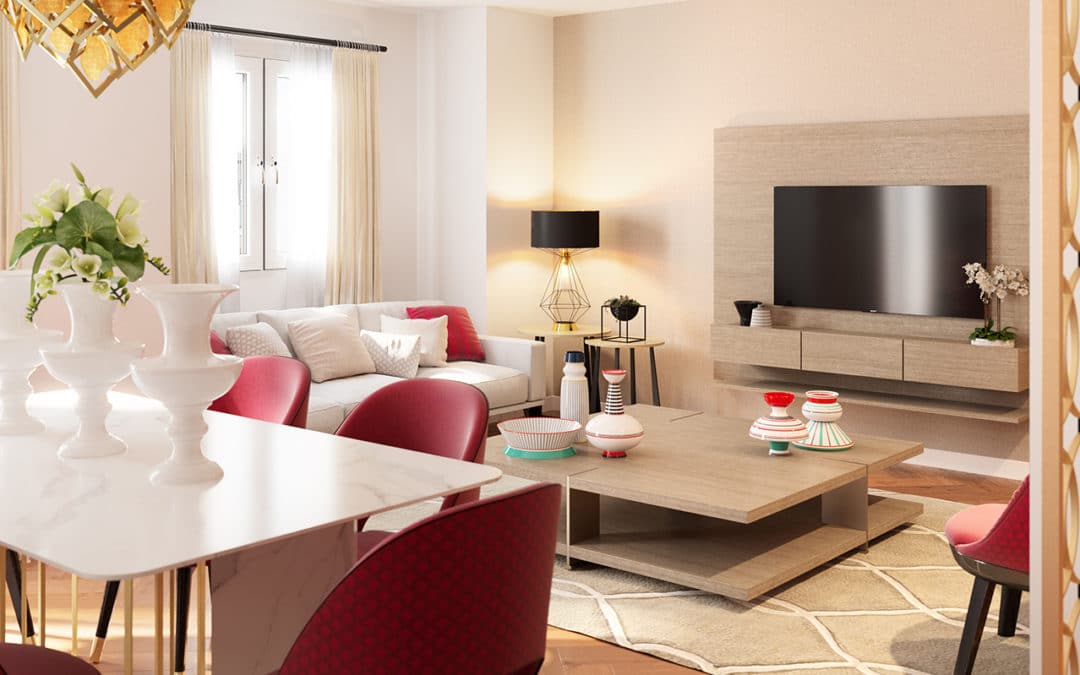Architecture professionals know that a good three-dimensional rendering is the best way to present your project. But it turns out that infographics, and specifically 3D design, are more than just a visual format. It is an art, and art connects us with life.
3D design: tricks and tools
A photorealistic image designed with 3D infographics is capable of provoking emotions that transmit the sensation of reality to a deep psychological level. The same could be said of photography, certainly. What happens is that 3D infographics play with advantage, and can go further because it has more tools. These are the most remarkable.
1. 3D modeling
This branch of computer graphics could be the equivalent of sculpture, insofar as it is governed by the same physical laws. In fact, 3D modeling is an art in itself, which serves to realistically represent objects that only exist in the virtual world. The photorealistic appearance of objects created with 3D makes them indistinguishable from a photograph. Therefore, when a rendering of these characteristics is required, this task is sometimes delegated to a 3D modeling professional.
2. Frame
The choice of point of view is the first artistic decision when facing a 3D design. In reality, it is the same thing that a photographer would do, only that the 3D infographic allows to visualize a space from any angle imaginable. In a 3D project, the space can be displayed from the user’s point of view to reinforce the sense of reality.
3. The rule of thirds
This is a compositional technique that comes from painting, and is focused on ordering the objects within the image, dividing it into three, both vertically and horizontally, giving rise to nine equal parts. The rule of thirds is used to seek balance, highlighting the desired part of a space, and creating the necessary symmetry to evoke a sense of comfort.
4. Lighting
The lighting provides the atmosphere of the space. A space that does not exist yet, because we are talking about a project, and this is where 3D design can make a difference. To start, we can choose the best time of day to highlight the characteristics of a certain space. The morning light in the kitchen, or the light of the candles in a restaurant …, the 3D design has the tools to light up each space quickly.
5. Postproduction
3D design tools allow adding, changing or deleting elements to refine the project before its presentation. In this final phase, there is still room for creativity. It is a good time to apply special effects, integrate new elements, modify the lighting, or any other action that helps show the sensations that the artist seeks to convey.

Comentarios recientes